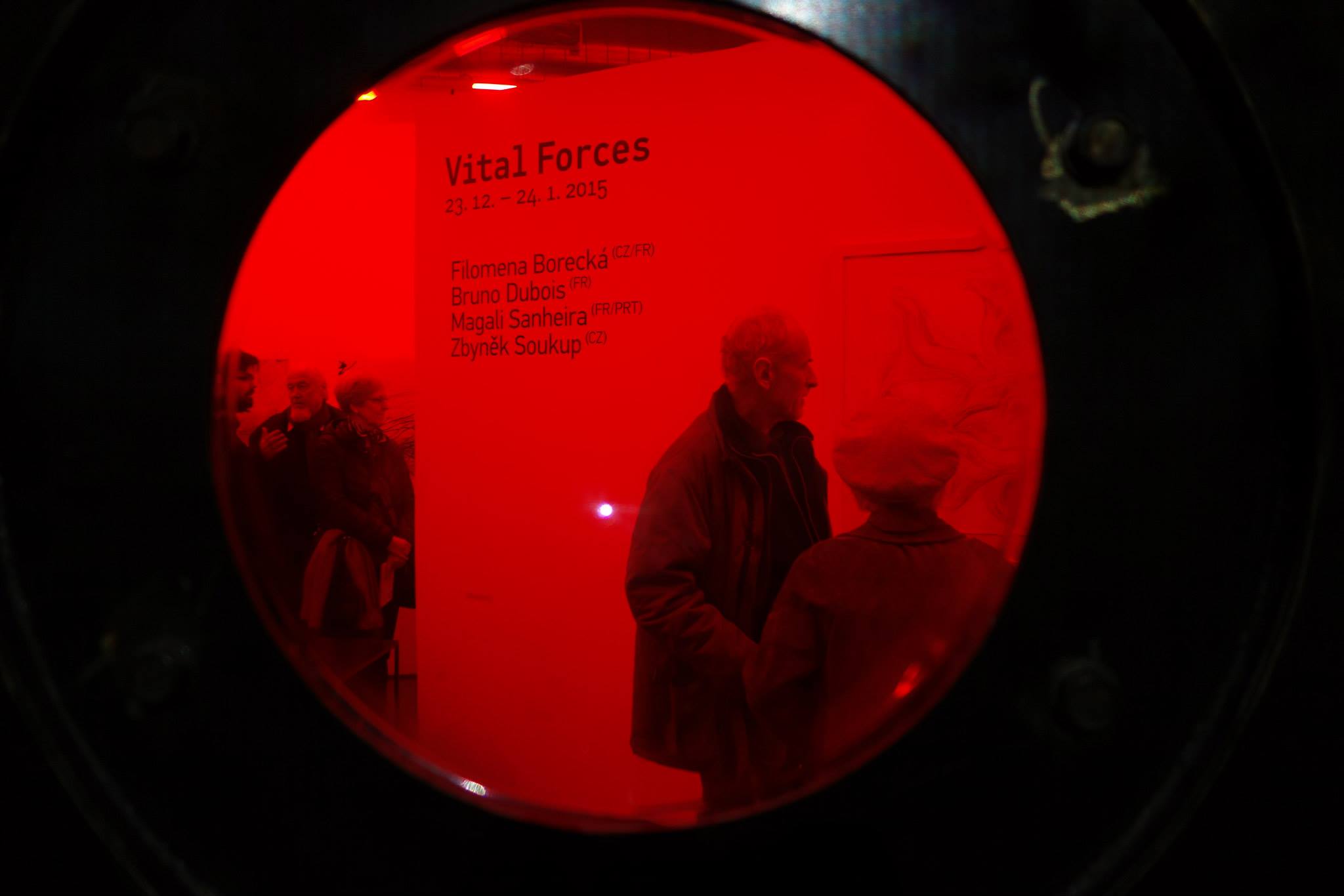Vital Force

Photo © Filomena Borecká
Gallery NoD, Prague, République Tchèque
Opening: 22. 12. 2014
Exhibition: 23.12.2014 – 25.01.2015
Curator : Veronika Zajačiková
Artists : Filomena Borecká (FR/CZ), Bruno Dubois (FR), Magali Sanheira (FR/POR), Zbyněk Soukup (CZ)
PANEL DISCUSSIONS / PECHA KUCHA: 16.12.2014 – 18h
The starting point in process of creation of four authors attempt to freeze in time pulse flowing energy, elusive momentum that compulsive feeling creatively express. What is what makes us stand up, take charcoal or pencil and start to form? The French philosopher Henri Bergson called this sensation term ‘élan vital’ driving force, cause or impulse. The selected authors are trying not intellectually (mechanically), but intuitively elusive track record of this invisible ingredients – ingredients spice of life. Filomena Borecká and author of Portuguese origin Magali Sanheira express their attitude in the artwork or performance, as life itself is a flowing stream of incoming and outgoing events, so intertwined aspects of their work. French designer and artist Bruno Dubois (installation for international fashion labels Lagerfeld and Coco Channel) and Czech designer Zbynek Soukup (Price Designblok Editors) work with the capture of light or light source. So what is a delicate essences, essential ingredients that we ubiquitously and intuitively accompanies the way.


